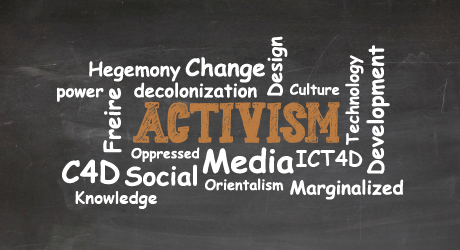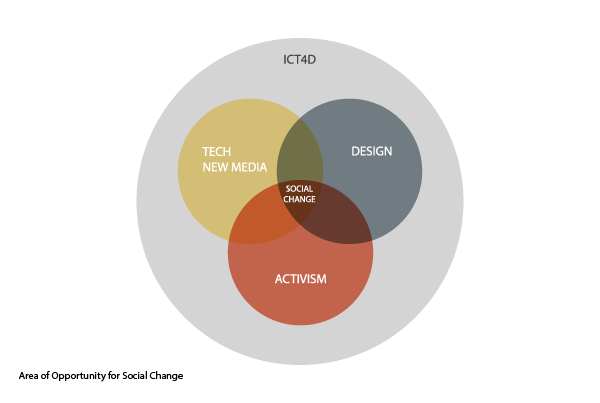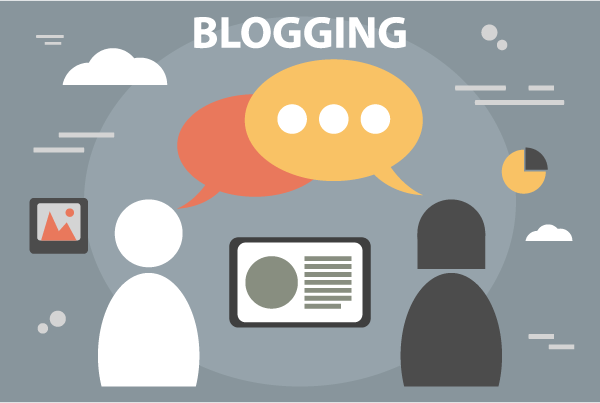Diffusion of Technology
We live in the fourth industrial revolution, in the age of information, the age of internet. Nowadays more than four billion people have access to the internet and social media, and more than five billion use mobile phones (Kemp, 2021, p.8), which means a possibility for global connections and interactions, which were virtually impossible some decades ago. The new technologies, like mobiles, internet, and social media, have changed how we interact with each other, and made the world a global village, as McLuhan (1962, p.31) had foreseen it as early as the 60’s.
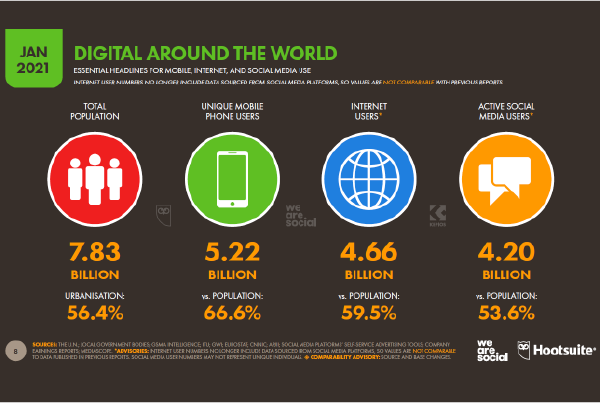
Image Link: we are social website
Of course, with that type and degree of connectivity in this interconnected world, there are both positives and negatives sides. Indeed, as Eriksen claims, ideas, messages, and commodities can travel in a faster and cheaper manner to all over the world (Eriksen, 2014), but at the same time, so does problems, like “diseases, destructive ideas and practices, fundamentalism etc.” (ibid., p.150).
From this expansion of technology in every aspect of our modern lives, development could not have stayed unaffected, and that is why we experience an increased use of the Information Communication Technologies (ICTs), one of the tools within the development sector, in the struggle to solve the still-existing societal issues in a global level, like poverty, inequality, climate change etc. (Heeks, 2018, p.1). This realization, of not being able to escape from technology and new media, must be seen as an opportunity in the development sector. What is more, it makes us understand in a more profound manner what Roberts (2019) refers to when he uses the term “development in a digital world”, and the role and impact of technology in the sector.
But with the new media and technologies come and new challenges, because it seems that ICTs for development (ICT4D) have a twofold impact, as on one hand their use helps on solving problems, but on the other hand they create or perpetuating others (Heeks, 2018, p.17).
New Opportunities and Digital Activism
Nevertheless, one other result of the above mentioned diffusion of ICTs into the society as a whole, is that the everyday people can now use the new media and technology as agents and actors for social change, and this is not limited anymore to institutions that have power positions. Some decades ago, with the centralized nature of paper and analogue media (newspapers, radio, TV etc.), the power of people to express themselves was very limited. Conversely, the spreading of the internet “enables individuals and social groups to convey their own messages bypassing the filters of commercial gatekeepers and state monitoring” (Milan, 2016, p.62). Indeed, more and more previously muted individuals, minorities or cultural groups, have access to and take advantage of the new technologies in order to have their voice and story heard by a global audience. Unarguably, the last years we have seen many Social Movements and activist initiatives and projects that aim to offer alternative narrations (e.g. #BlackLivesMatter etc.), foster societal changes, and challenge the established ways of being in the world in general, and specifically in the development sector.
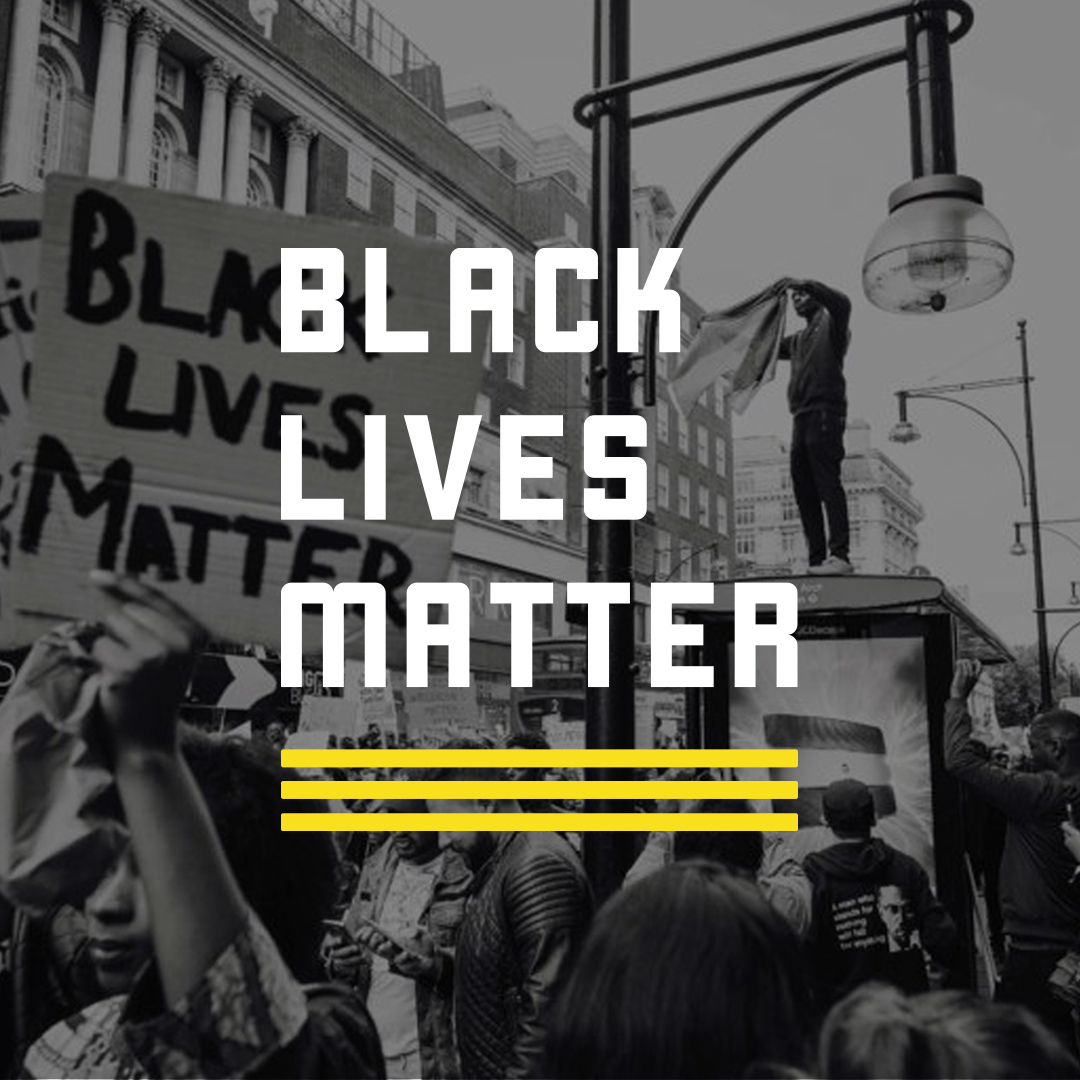
Image link: BlackLivesMatter website
Tech + Activism + Design = Social Change
Having all of the above in mind, during the next weeks, I will attempt to explore, through the process of blogging, such topics like the use of ICT4D in activist practices. The focus will be on new media and technology, but we will attempt to not lose sight of the global dimension of the discussion. I will also inform the conversation with the theoretical and practical frameworks of Design Thinking. The reason to include design into the conversation is found in the words of Herbert Simon that claims that “everyone designs who devises courses of actions aimed at changing existing situations, into preferred ones” (Simon, 1969 as cited in Feud-Luke, 2009, p.4). By going a step further, we can suggest that If we take design away from the for-profit realm and use it with social responsibility, we can see that there is a common ground, and a common denominator, between design, international development, but also activism, and that is the desire to make changes within a system or a social group.
Why Blogging?
Of course, as a team (Decolonline) that focuses on discussing the ICT4Ds, we could not have stayed away from the digital media. For that reason, we chose to use the medium of a blog, and various social media platforms, because they provide us with possibilities of creating online interactions with the readers, in the form of dialogues, comments and critics on topics that we value as important around development, technologies, and activism (Denskus, 2013, p.458). Our aim is to create a ‘community’ where mutual learning can be fostered by challenging ideas, and hopefully inspire real life actions.
Decolonize Everything
Nevertheless, we must take into account Denskus’ argument that “the blogosphere is dominated by northern ideas and readers” (2013, p.457), a realization that leads to the final concept that will underpin my posts, but also the blog as a whole, and that is the notion of Decolonization.
Having said that, it is clear that we, as bloggers within the international development realm, need to infuse our practice with the theory of Decolonization, by trying to participate in the knowledge creation and dissemination that brake free from the western universalism and its assumed superiority, and challenge northern hegemony on the process of discourse formation in development. A way to do so, is by presenting stories, and opening spaces for voices, that represent the specificity and dynamics of the Global South.
…We must all decolonize our minds in Western culture to be able to think differently…
Bell Hooks – Belonging, a Culture of place
Join Us
One is sure, technology is all around us, and is here to stay. Despite its undeniable negative aspects, it also have positive ones, and we must all try to find ways of using it in a manner that it will benefit, on one hand, the various contemporary activist initiatives, and on the other hand, the practice of international development, both of which are trying to tackle societal issues that are still around us. With that being said, let me invite you to accompany Decolonline to this journey and exploration, and to actively participate in an online community that will, hopefully, be inspirational in the struggle for creating a more just and sustainable world, both for us that we live the here and now, but also for the future generations.
Do not forget to follow us on Instagram and Twitter!!
REFERENCES
Denskus, T., Papan, A. (2013). Reflexive Engagements: The International Development Blogging Evolution and its Challenges. Development in Practice, 23:4, pp. 455-467, DOI: 10.1080/09614524.2013.790940.
Eriksen, T. H. (2014). Globalization: The Key Concepts. 2nd ed. NY, USA: Bloomsbury.
Feud-Luke, A. (2009). Design Activism. Beautiful Strangeness for a Sustainable World. London: Earthscan.
Heeks, R. (2018). Information and Communication Technology for Development (ICT4D). Oxon: Routhledge.
Kemp, S. (2021). Digital 2021 Global Overview Report. Kepios, We Are Social, Hootsuite. https://wearesocial-cn.s3.cn-north-1.amazonaws.com.cn/common/digital2021/digital-2021-global.pdf
McLuhan, M. (1962). The Gutenberg Galaxy: The Making of Typographic Man. Canada: University of Toronto Press.
Milan, S., 2016. Stealing the Fire. Communication for Development from the Margins of Cyberspace. In O. Hemer, & T. Tufte (Eds.), Voice and Matter, Communication, Development and the Cultural Return. Göteborg: Nordicom.
Roberts, T. (2019, Aug 9). Digital Development: what’s in a name? Appropriating Technology. http://appropriatingtechnology.org/?q=node/302

